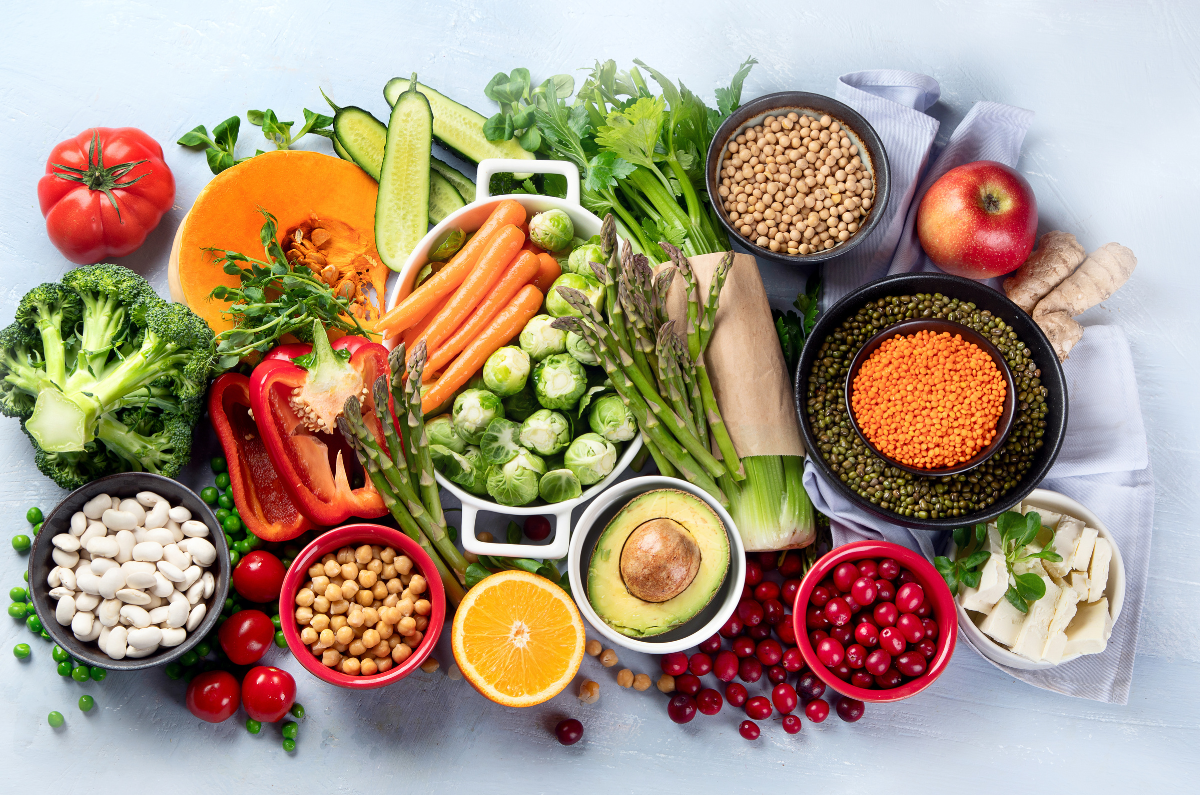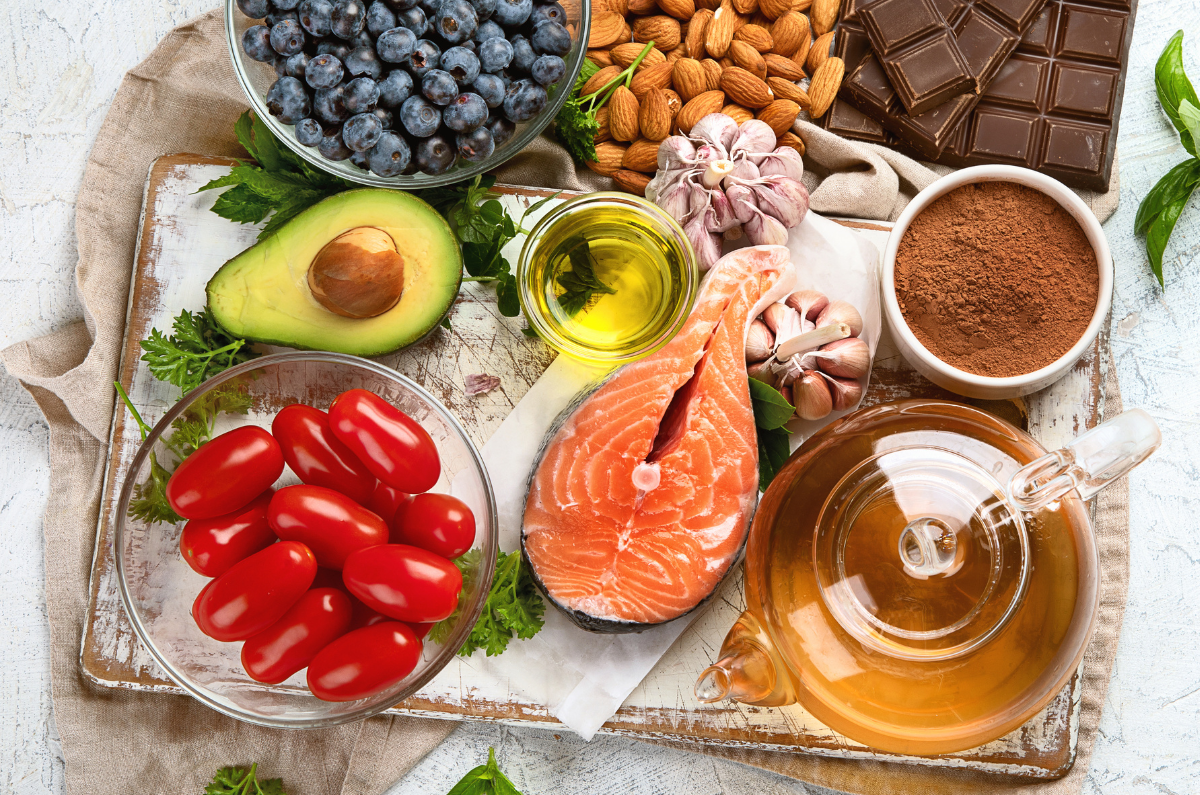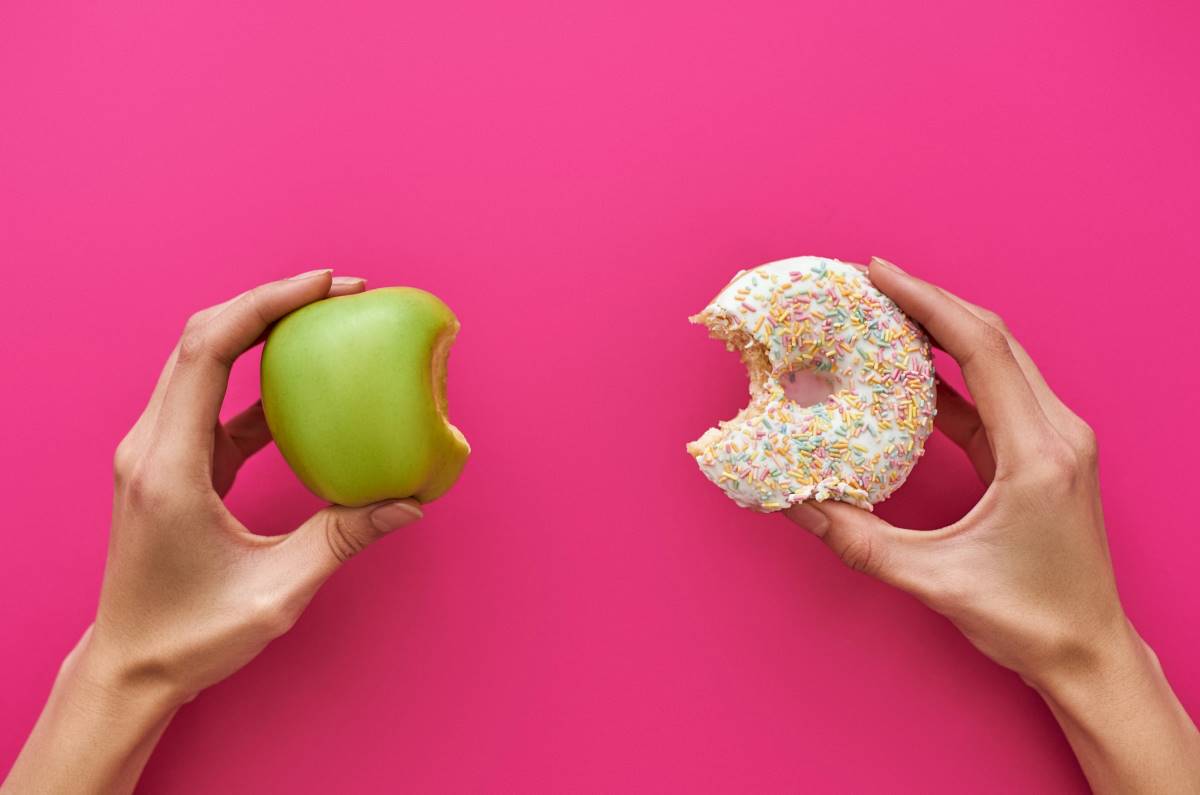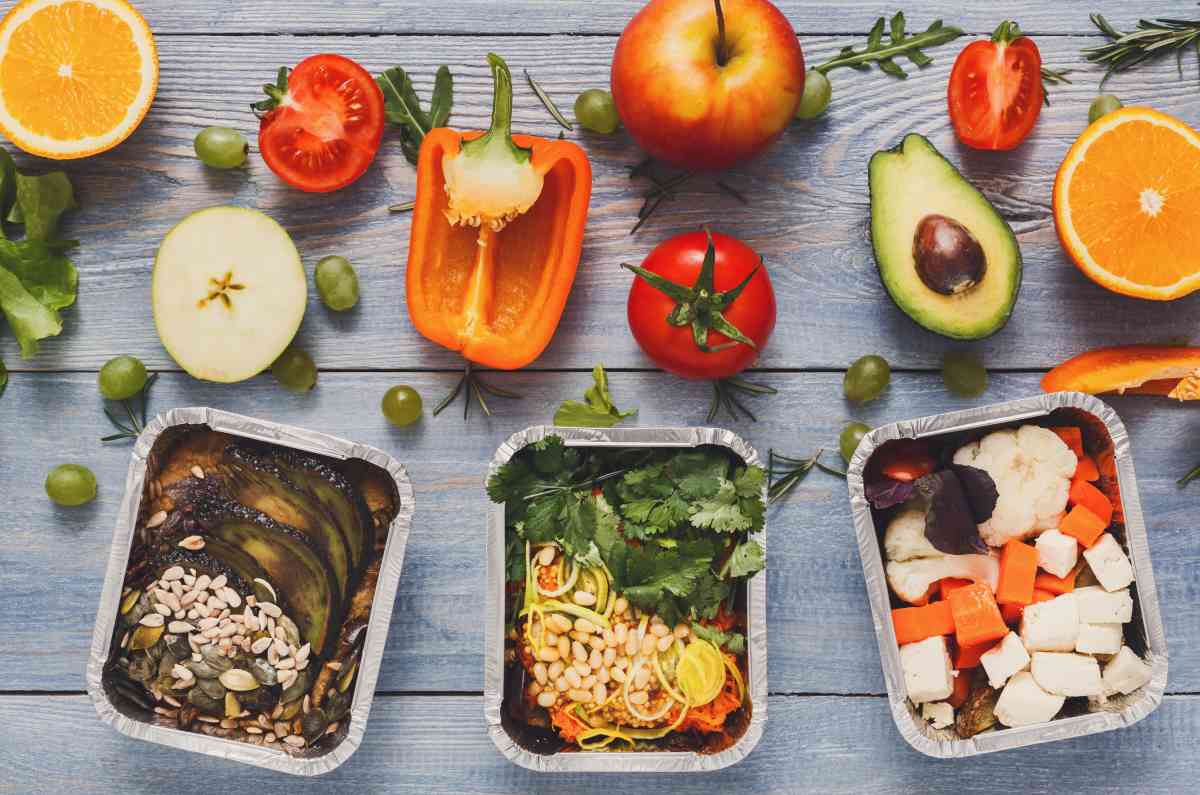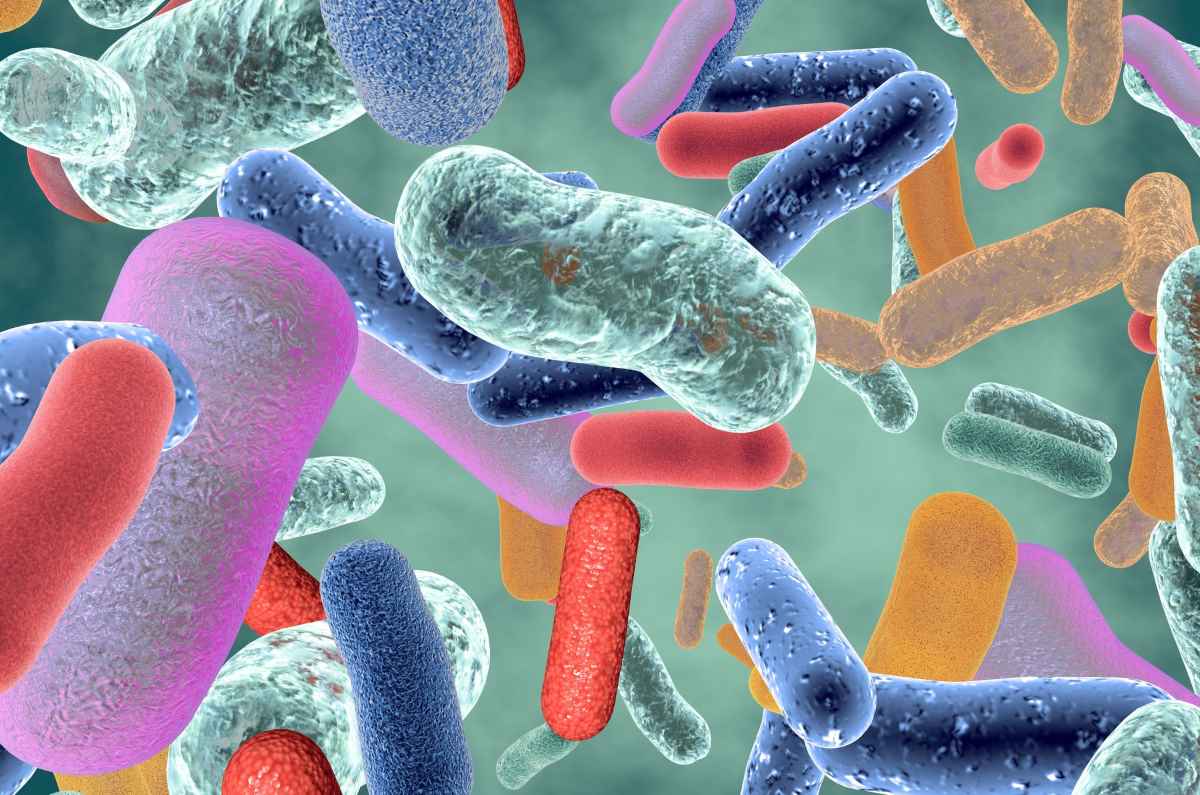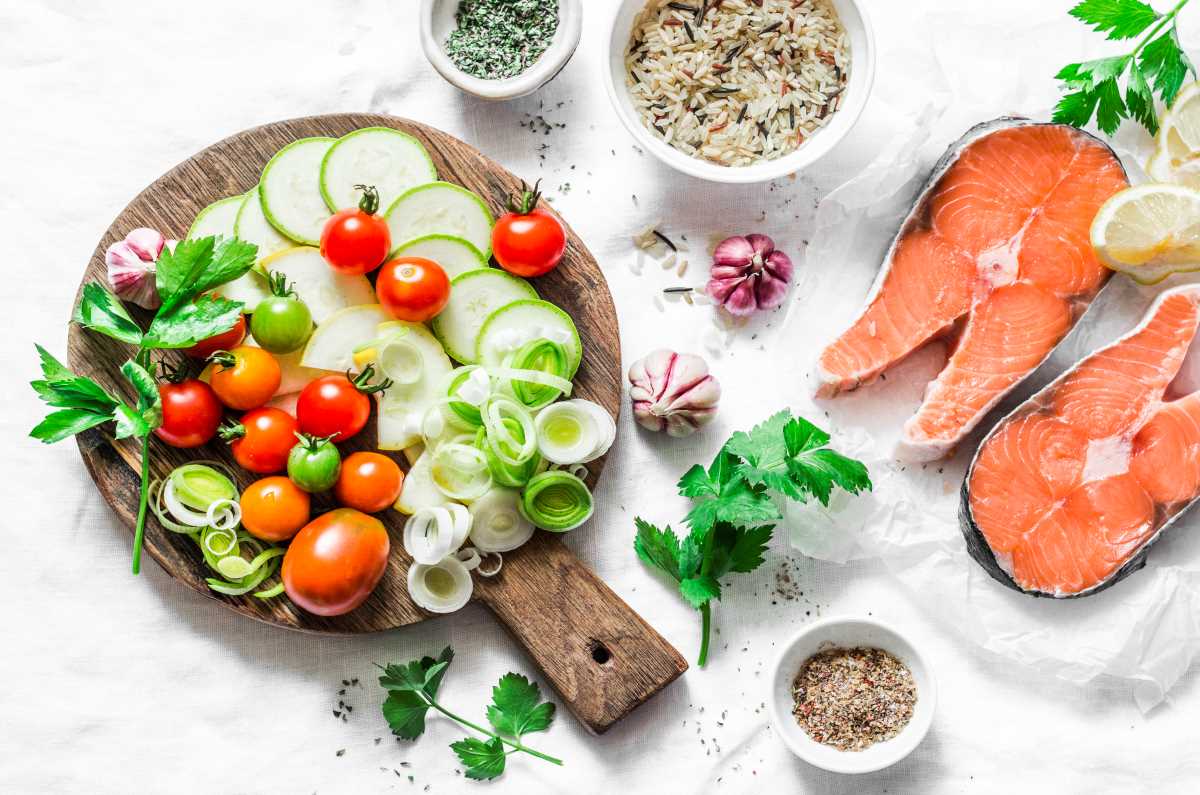Looking for ways to put more ‘care’ into your self-care game? We’ve got 21 tips to help you!
1. There’s no perfect or right way to practise self-care
The first tip, and I can’t stress this enough, is there’s no perfect or right way to practise self-care. Sure, we can talk about the International Self-Care Foundation’s seven pillars, and we can push exercise, healthy eating and hand washing until the cows come home 🐄 🐄 🐄. But, if those things don’t resonate with you, or you have other pressing issues vying for your attention (e.g. dealing with a case of painsomnia), you’re not going to care about our messaging on those topics. Or, at least not at the moment.
2. Choose your own adventure
This leads us to tip number two. Self-care is like a ‘choose your own adventure’ story. It’s unique to you, your life, your specific set of circumstances and your choices.
3. Create your toolbox
Knowing the basic elements or tools of self-care (see the seven pillars) means you can choose what you need to help you manage at specific times. It’s like having a trusty toolbox filled to the brim with info about exercise, smoking cessation, healthy recipes, pain management strategies, guided imagery scripts and massage oil. You can pick and choose what you want or need. The key is knowing what’s available and how they can help you.
So far, we’ve been talking broadly about self-care. Now let’s look at some more specific tips our consumers and staff recommend.
4. Drink water
It lubricates and cushions your joints, aids digestion, prevents constipation, keeps your temperature normal and helps maintain your blood pressure. The amount of water you need varies from person to person and from day to day. There’s no ‘one size fits all’, but “as a general rule, men need about 10 cups of fluids every day and women need about 8 cups (add another cup a day if you are pregnant or breastfeeding)”. (1)
5. Plan your menu
You can take a lot of the stress out of your day if you sit and plan your week’s meals and snacks. Check what ingredients you have in your pantry, fridge and freezer, work out what you need to buy, and write it all down. Then all you hopefully need is one trip to the shops, and you’re sorted! No more – ‘what’s for dinner’ angst. 😐 Eatforhealth.gov.au has some info on meal planning and sample plans for men, women and children.
6. Get excited about exercise
Mix up your exercise routine with something fun and enjoyable to get you out of your exercise rut. Try Zumba, cardio, low-impact exercises, tennis, dancing, skipping, cycling, or trampolining. Head to your local fitness centre or gym, try an online class or download an app like Get Active Victoria. There’s something for everyone!
7. Just breathe
Our breathing can become shallow when we feel stressed, anxious, upset or in pain. This, in turn, can elevate blood pressure and increase the heart rate. It can also cause more tension. When you notice this happening, take some time to decompress. Relax your body. Focus on your breathing. Slowly take a deep breath in. Fill your lungs to a capacity that’s comfortable for you. Then slowly release this breath. Don’t release it in a sudden exhale, but control it, so it’s slow and smooth. Continue this deep breathing, and you’ll feel your muscles relax, and your mind calm.
8. Write it down
Write about the things that make you happy and grateful. Write about the things that went well in your day.
And write about the bad things. Not so you’ll continue to obsess about them, but so you can process your feelings and actions. This reflection allows you to devise strategies to prevent the bad thing from happening again, or ways to handle it differently in the future.
9. Fill your home with plants
Bring the outdoors in and enjoy the health benefits. Having plants in your indoor spaces can help relieve stress, improve mood, lower blood pressure and improve air quality. Just be sure to check that they’re not toxic for you, your family or your furry housemates. 🌼
10. Have a regular date night
Whether with your significant other or a bestie, having a regular date night scheduled gives you something to look forward to. It also means there’s less chance that other commitments get in the way of you spending dedicated time with that person, which is essential for nurturing your relationship. 🧡💚💛
11. Say no
We all want to please others, so saying no can be challenging. But you need to weigh up everything you have going on and decide whether you can take on something else. If you can’t, then say no. And don’t feel you have to apologise for doing so.
12. Discover new places
Embrace your inner adventurer and explore new places. Far or near – it doesn’t matter. The point is to get out in the world and experience new sights, sounds, smells and tastes. Immerse yourself in new experiences.
13. Listen to music
Music is a powerful force we often don’t think about – or at least not too deeply. It’s always there, often in the background. But music can improve your mood, help you focus, get motivated and even ease your pain. Find out more about the power of music.
14. Pat your pets
Spending time with your pets is a wonderful tonic. It can decrease blood pressure, reduce feelings of loneliness, reduce stress, improve your mood and increase opportunities for exercise and outdoor activities. And they’re so much fun! 🐶😺
15. Get tidy and organised
Nothing can make you frazzled faster than not being able to find that ‘thing’ you’re looking for. So taking time to put things away in their place after you’ve used them, or reorganising your cupboard/pantry/child’s room, so that things are orderly and easy to find can bring a lot of calm to your life. The level of order you want to achieve is up to you. Although there are MANY social posts about the perfectly organised home, don’t fall down that rabbit hole. All you need to achieve is a space that makes you feel good and suits your lifestyle.
16. Eat mindfully
How often have you eaten dinner but can’t remember what it tasted like because you were watching TV? Or wondered how on earth you ate a whole packet of potato chips while scrolling through Insta? If this sounds familiar, try some mindfulness. You may have tried mindfulness meditation, but you can also be mindful when you do other activities, like eating. It simply means that you focus on the moment and the activity without being distracted. So when you’re eating, really take time to focus on the textures, smells and flavours and how the food makes you feel.
17. Get your meds sorted
Medicines are an important part of our self-care, but it’s easy to miss doses, get them mixed up with others meds or take them at the wrong time. So have a chat with your pharmacist. Ask questions about your medicines and supplements, so you’re fully informed about each one.
Many pharmacies have apps you can download that alert you when you need a new script, or you can download the MedicineWise app from NPS. If you take lots of medicines, or you find it hard to keep track of whether you’ve taken them or not, consider using a pill dispenser. You can buy one and fill it yourself, or your pharmacist can do this for you.
18. Listen to your body
Living with a chronic condition means that you need to be self-aware of how you’re feeling. If you’re exhausted, rest. If your back’s stiff, move. If you’re feeling sluggish, get some fresh air. If you’re feeling full, stop eating. Whatever your body is telling you, listen and take action.
19. Treat yourself
Many self-care posts we see on socials are very much of the ‘treat yo’ self’ variety. Going to a day spa, enjoying decadent foods, doing some online shopping, getting a pedicure, binging a favourite TV series, or travelling to exotic places. And why not? Why not indulge in pleasurable things that make you happy every now and again? As long as you’re not overindulging, overspending or overeating. Find the right balance and treat yourself. 😍
20. Stand up
We spend so much of our time sitting. In the car, on the couch, at the office, in waiting rooms. But we know that too much sitting can be bad for our health. It increases the risk of developing heart disease, type 2 diabetes and some forms of cancer. It also makes us feel tired, and our muscles and joints become stiff and sore from inactivity. So stand up and move regularly. Set alerts on your phone to remind you. Or download the Baker Heart and Diabetes Institute Rise & Recharge app, which helps reduce sitting time and encourages regular movement.
21. Play
We loved to play when we were kids. Chasing each other, making up games, not overthinking things and just having fun. But as adults, we become too busy for play. Or we feel silly or self-conscious about how we might appear when we play. But playing is fun! It helps us forget about our work and commitments. It lets us be in the moment and let our inhibitions go. Play relieves stress and allows us to be creative and imaginative. So rediscover playing – with your kids, pets, partner, and friends. Let your inner child loose, play and have fun! Rediscover chasey (the dogs love that one), play hide and seek, build a blanket fort in your lounge, throw a Frisbee, play charades, the floor is lava, or a video game tournament. There are no rules – just have fun!
Contact our free national Help Line
Call our nurses if you have questions about managing your pain, musculoskeletal condition, treatment options, mental health issues, COVID-19, telehealth, or accessing services. They’re available weekdays between 9am-5pm on 1800 263 265; email (helpline@msk.org.au) or via Messenger.
More to explore
Reference
(1) Drinking water and your health, Healthdirect

